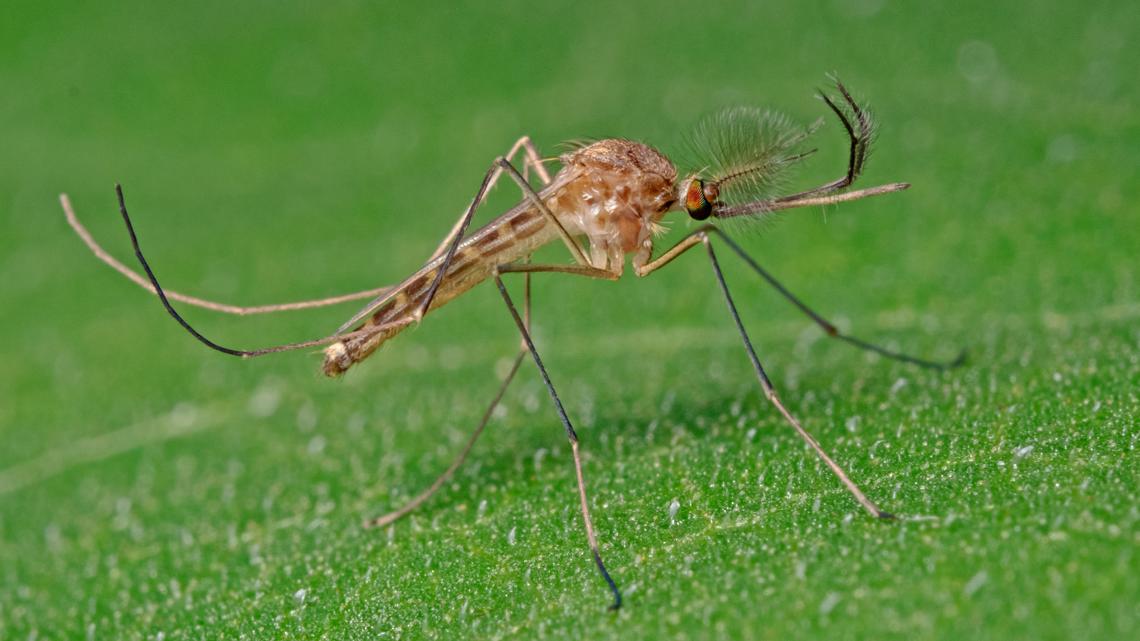HOLES have been spotted on a roof at Europe’s biggest nuclear plant after the Russians allegedly shelled the area.
The building inside the Russian-occupied Zaporizhzhia nuclear plant in Ukraine appears to have suffered recent damage to the roof close to its nuclear reactors.
7

7

7
As a group of inspectors from the International Atomic Energy Agency (IAEA) prepare to visit the facility, new Maxar satellite pictures of the plant have been released today.
The high-resolution imagery provides a detailed look at the plant and the surrounding area.
Damage is seen on the roof of a building adjacent to several of the nuclear reactors.
It also shows a group of armored personnel carriers positioned along a road near the reactors as well as brush fires seen outside of the main power plant facilities.


Another picture shows a massive hole on a building’s roof, located right in front of what appears to be Zaporizhzhya’s number 2 nuclear reactor.
At least ten workers at Europe’s biggest nuclear power plant have been injured in the blast sparks disaster fears.
It comes just days before the UN atomic watchdog’s visit to the besieged region.
Russian troops reportedly blasted the city of Enerhodar – where most of the plant workers live – shortly after 10pm last night.
The city’s mayor Dmytro Orlov said two residential areas were shelled, injuring at least ten people, according to local reports.
Orlov wrote on Telegram: “It is known about ten Enerhodar residents received numerous shrapnel wounds of varying degrees of severity as a result of shelling of Enerhodar residential quarters last night.
“Two of them in a serious condition were hospitalised in the intensive care unit.”
The mayor said at least 20 vehicles parked near the dormitories were also destroyed in the blast.
“Obviously, this is how the Russians ‘worked out’ their scenario on the eve of IAEA mission’s visit to the Zaporizhzhia,” he said.
“A direct threat to the lives of civilian population does not stop the terrorists.”
Rafael Mariano Grossi director general of the International Atomic Energy Agency (IAEA) said the nuclear watchdog had been informed of renewed shelling at the site over the past three days.
He said: “The latest shelling once again underlined the risk of a potential nuclear accident at the ZNPP, Europe’s largest nuclear power plant (NPP), which is controlled by Russian forces since early March but operated by its Ukrainian staff.”

7

7

7
There are no Russian military facilities in the neighbourhoods which came under fire.
An inspection team from the UN nuclear watchdog is on its way to the embattled Zaporizhzhia nuclear power plant.
Mr Grossi said the team was due to arrive at the plant later this week.
“We must protect the safety and security of Ukraine’s and Europe’s biggest nuclear facility,” he tweeted.
The site has been occupied by Russian forces and run by Ukrainian workers since the early days of the six-month-old war.
Fears that the site could be the scene of a catastrophic nuclear disaster are mounting as both Ukraine and Russia accuse each other of putting the plant at risk.
Ukraine claims Russia is holding the plant hostage, storing weapons inside and launching attacks from there – while Moscow accuses Ukraine of recklessly firing on the site.
On Monday, Russia’s defence ministry said Russian forces shot down a Ukrainian drone over the Zaporizhzhia nuclear plant – and claimed two shells fired by Ukrainian troops exploded near the site.
“The Kyiv regime continues provocations in order to create a man-made disaster at the nuclear power plant,” it said.
Both Russia and Ukraine have denied shelling the Zaporizhzhia plant in recent weeks.
Ukrainian President Volodomyr Zelensky said Europe was “one step away” from a radiation disaster when the site was disconnected from Ukraine’s power grid on Thursday.
He said a Chernobyl-style catastrophe was narrowly averted after shelling by Putin’s forces caused fires that led to the plant’s electricity supply being cut off.
Russia is putting not only Ukraine but also the entire world at threat of risk of a nuclear accident
Dmytro Kuleba
Many of the radiation fears centre on a possible loss of the cooling system – and the risk that an attack on the cooling ponds where spent fuel rods are kept could scatter radioactive material.
Ukraine Foreign Minister Dmytro Kuleba said the IAEA’s visit will be the agency’s hardest to date.
“This mission will be the hardest in the history of the IAEA, given the active combat activities undertaken by the Russian Federation on the ground and also the very blatant way that Russia is trying to legitimise its presence,” Kuleba said.
He said “Russia is putting not only Ukraine but also the entire world at threat of risk of a nuclear accident” – and demanded that Putin remove his troops from the plant.
“We expect from the mission a clear statement of facts of violation of all nuclear safety protocols,” he said.
“Russia must go and the IAEA as well as many countries of the world, we have to make them go, it’s as simple as that. This is the only way to ensure nuclear security.”
The Kremlin has welcomed the UN’s visit to the site and described it as “necessary”.
Kremlin spokesman Dmitry Peskov also said Moscow was not talking about the possibility of a demilitarised zone at the plant – something the US has urged it to implement.
As fears of a radiation disaster loom, iodine tablets have been issued in the Ukrainian-controlled city of Zaporizhzhia – about 27 miles from the site.
The pills help block the absorption of radioactive iodine by the thyroid gland in the case of a nuclear disaster.


Ukraine knows better than any other country on Earth the risks associated with nuclear power.
Chernobyl nuclear power plant in the north of the country exploded and went into meltdown while under Soviet control back in 1986.

7














